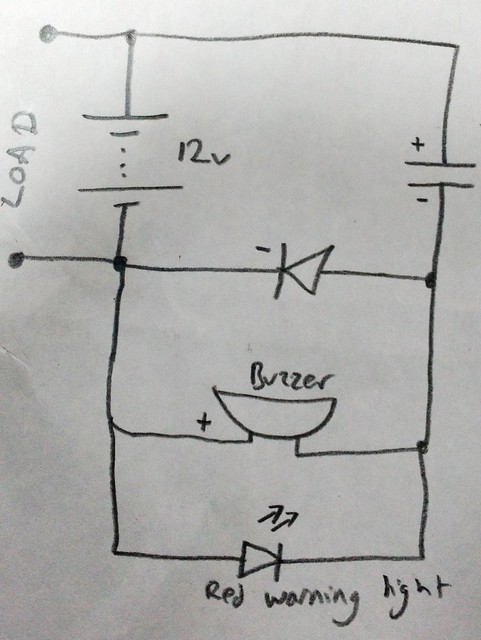2nd "Making Session" with primary school kids
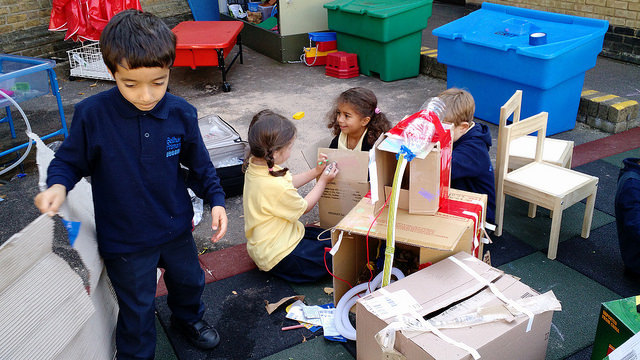
Yesterday I did my second ‘making workshop’ with fifteen 5-6 yearolds at our new local primary school, The Belham. For a bit more background, please see my last blog post on these ‘making workshops’.
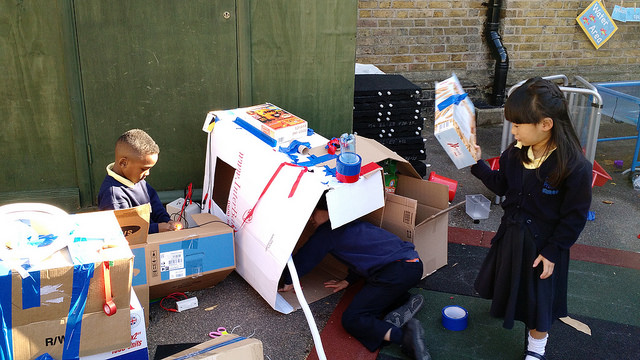
This time round, we had a different set of 15 kids and I got the electronics out earlier in the session. I’d also made three ‘battery boxes’ to make life easier for the kids and also to warn them if they create a short circuit (the box squeaks if the load is a short circuit).
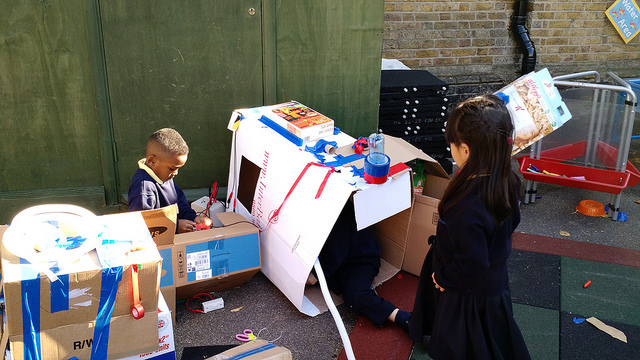
I was really impressed and surprised at how well the kids played together and how creative they were. There was negligible grumbling this time around. I was also very pleasantly surprised at how much they enjoyed playing with the lights, batteries, switches and the meters. One girl’s face lit up in amazement when she hooked her battery up to the volt meter and she saw the needle swing.
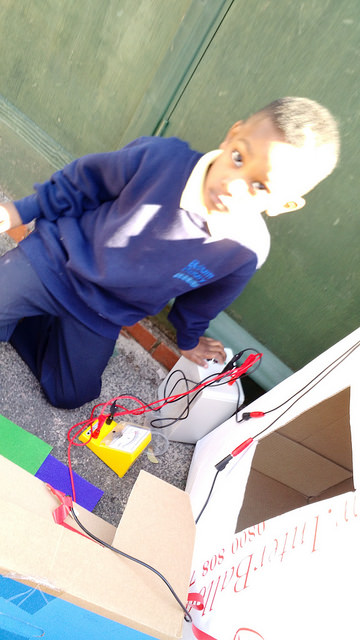
I’ve also been conscious that some people might wonder why we’re exposing young kids to electronics, many years before they’ll understand what’s going on. I wonder if we should think about teaching electronics / engineering to kids in the same way as we teach pretty much everything else (language, reading, maths etc)…. when we first start exposing our kids to books, we don’t expect them to understand how to read. Instead we’re just trying to show that books can be fun and approachable. Then, slowly, through exposure as much as through explicit teaching, the kids come to understand how to read.

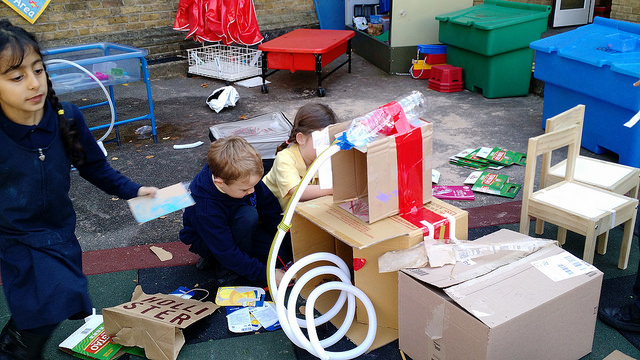


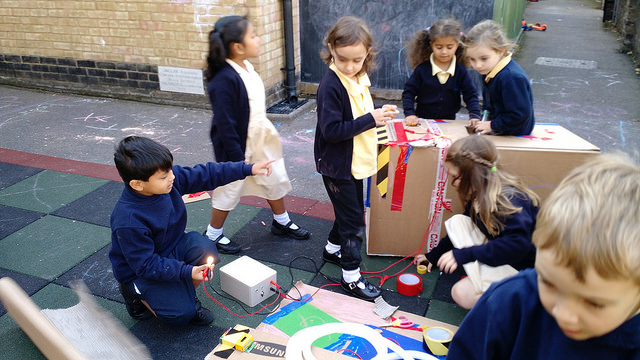



If you were wondering, that contraption is, of course, a time machine!
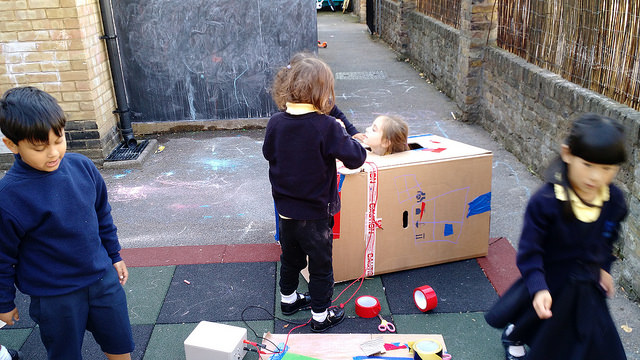
And here’s a shot of the innards of the battery box:
And my stupidly simple circuit to make the box squeak if there is a short circuit:
The basic idea is that, when there is no short circuit, current is allowed to flow through the diode to charge the capacitor. Negligible current flows through the buzzer and red warning light because current can flow freely through the diode. But when there’s a short circuit, the positive side of the (charged) capacitor is now connected directly to the buzzer and red warning light and the capacitor discharges through these two components (current cannot flow through the diode because the left side of the diode now sees a positive potential difference).

